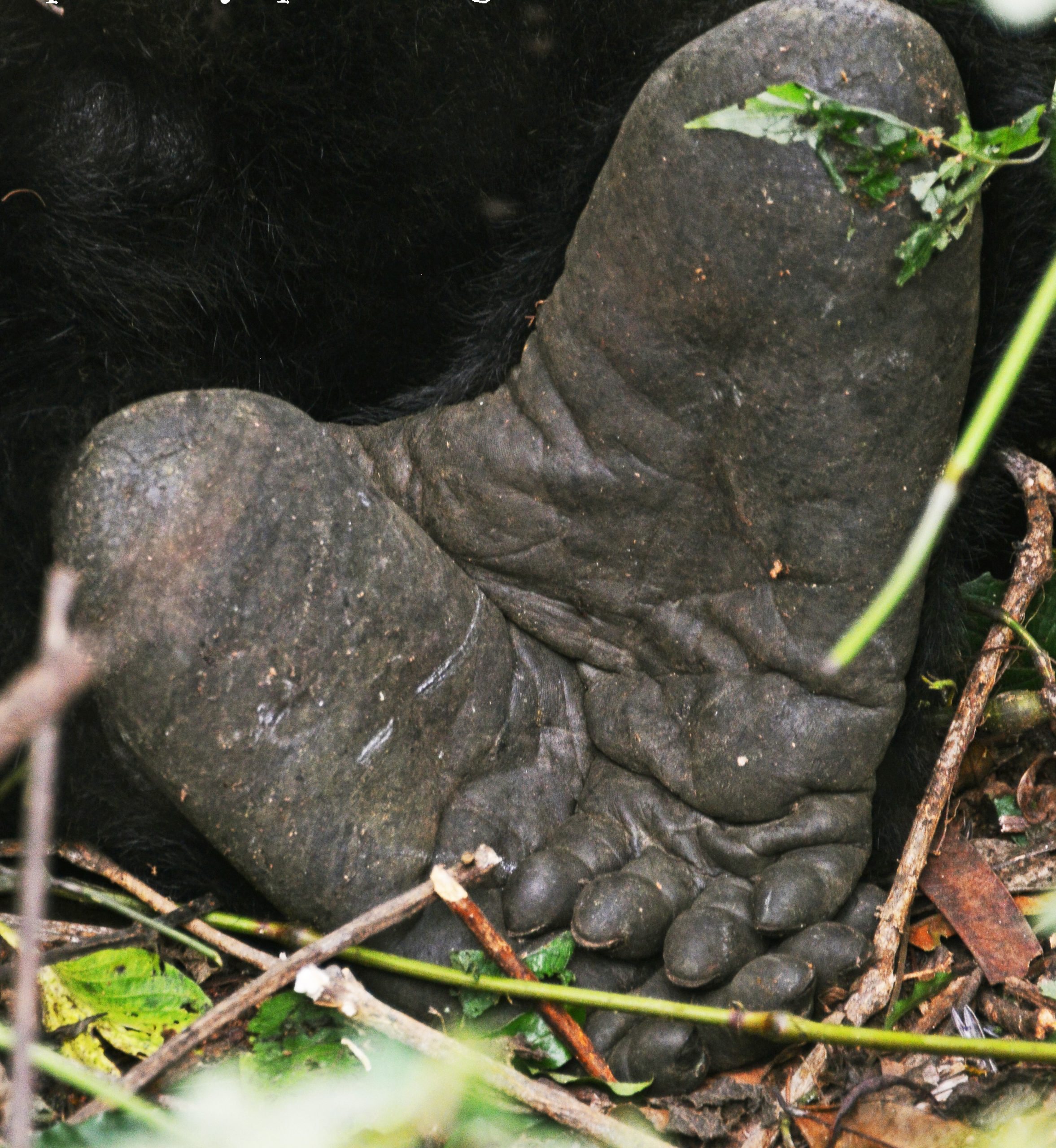Protecting Mountain Gorillas: Understanding the Major Threats
Mountain gorillas are one of the most iconic and endangered species on the planet. Living in the dense forests of central Africa, these majestic creatures face numerous threats to their survival. In this blog, we’ll explore the major threats facing mountain gorillas and discuss the importance of conservation efforts to protect these critically endangered animals.
Understanding the Threats:
Habitat Loss:
Mountain gorillas primarily inhabit the forests of the Virunga Massif and Bwindi Impenetrable Forest. However, rapid deforestation, agriculture, and human settlement are encroaching on their habitats, fragmenting their living spaces and limiting their access to food sources.
Poaching:
Despite conservation efforts, mountain gorillas still face the threat of poaching. Poachers target these animals for their body parts, which are used in traditional medicine, or for sale on the illegal wildlife market. The loss of even a single gorilla can have devastating effects on the population’s genetic diversity and long-term survival.
Disease:
Mountain gorillas are highly susceptible to diseases transmitted by humans and other animals. Respiratory illnesses such as pneumonia and influenza, as well as Ebola, pose significant threats to their health. With the increase in ecotourism and human-gorilla interactions, the risk of disease transmission has also risen.
Civil Unrest:
Political instability and civil unrest in the regions where mountain gorillas live can disrupt conservation efforts and endanger the safety of both the animals and the conservationists working to protect them. Conflict can lead to increased poaching, habitat destruction, and displacement of local communities, further exacerbating the threats to mountain gorillas.
Conservation Efforts:
Despite these challenges, there is hope for the survival of mountain gorillas. Conservation organizations, governments, and local communities are working together to protect these endangered animals through various initiatives:
Habitat Protection:
Efforts to designate protected areas and enforce regulations against deforestation and illegal encroachment are crucial for preserving the mountain gorillas’ natural habitat.
Anti-Poaching Measures:
Strengthening anti-poaching patrols, implementing community-based conservation programs, and raising awareness about the importance of gorilla conservation are essential for reducing the threat of poaching.
Disease Prevention:
Veterinary monitoring, habituation protocols for tourists, and strict health guidelines help minimize the risk of disease transmission between humans and gorillas.
Community Engagement:
Involving local communities in conservation initiatives, providing alternative livelihoods, and promoting ecotourism can help alleviate poverty and reduce the reliance on natural resources, fostering support for gorilla conservation.
Conclusion:
Mountain gorillas face numerous threats to their survival, including habitat loss, poaching, disease, and civil unrest. However, through concerted conservation efforts and collaboration between governments, conservation organizations, and local communities, there is hope for their future. By addressing these challenges and implementing effective conservation strategies, we can ensure that these magnificent creatures continue to thrive in the wild for generations to come.
Remember to share and support mountain gorilla conservation.

